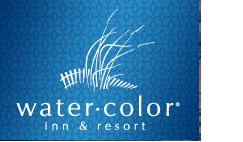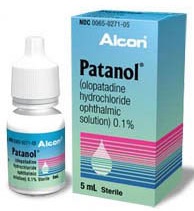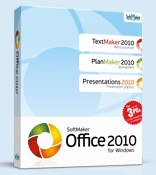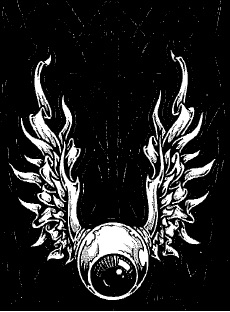Indianapolis, IN – Trademark attorneys for The St. Joe Company of Watersound, Florida filed a trademark infringement suit in the Southern District of Indianaalleging Epcon Community Franchising, Inc. of Dublin, Ohio, Property Group One, Ltd., Sherri Meyer, and Watercolors Owners Association, Inc. of McCordsville, Indiana, infringed trademark registration no. 2,480,515, 2,532,581, 2,626,297, 2,713,757, and 3,434,972, known as the “Watercolor Registrations” registered with the US Trademark Office.
The complaint states that St. Joe owns the Watercolor marks and uses the marks in association with a variety of goods and services, including real estate development, recreational services, hotel services and clothing. According to the complaint, in 2009 St. Joe became aware that Epcon was planning to use WATERCOLORS to identify an Indiana real estate development and sent a letter to Epcon demanding that it cease using the WATERCOLORS name. Epcon’s franchisee, Property Group, was the entity actually using the WATERCOLORS name. The complaint states that the defendants agreed to stop using the WATERCOLOR name over a 6 month transition period. At the end of the 6 months, the defendants chose the name AQUARELLES as the new name for the Indiana real estate development project. The complaint states that AQUARELLES is French for WATERCOLORS and that the defendants have not ceased to use the name WATERCOLORS in association with the development. St. Joe’s subsequently demanded the defendants cease using the registered marks, but the defendants refused. The complaint states the defendants continue to use the Watercolors marks to this date and maintain a website at www.watercolorsinfishers.com. The complaint makes claims of trademark infringement, unfair competition, common law infringement, common law unfair competition, breach of contract and tortuous interference with a contractual relationship.
According to the complaint, in 2009 St. Joe became aware that Epcon was planning to use WATERCOLORS to identify an Indiana real estate development and sent a letter to Epcon demanding that it cease using the WATERCOLORS name. Epcon’s franchisee, Property Group, was the entity actually using the WATERCOLORS name. The complaint states that the defendants agreed to stop using the WATERCOLOR name over a 6 month transition period. At the end of the 6 months, the defendants chose the name AQUARELLES as the new name for the Indiana real estate development project. The complaint states that AQUARELLES is French for WATERCOLORS and that the defendants have not ceased to use the name WATERCOLORS in association with the development. St. Joe’s subsequently demanded the defendants cease using the registered marks, but the defendants refused. The complaint states the defendants continue to use the Watercolors marks to this date and maintain a website at www.watercolorsinfishers.com. The complaint makes claims of trademark infringement, unfair competition, common law infringement, common law unfair competition, breach of contract and tortuous interference with a contractual relationship.
Practice Tip: An interesting issue may be the role of a real estate title insurance policy and whether the policy covers claims for trademark infringement related to the name of a real estate development. As shown by Exhibit L, the Defendant Homeowner Association’s title insurance company was engaged in efforts to negotiate a settlement.
Continue reading










